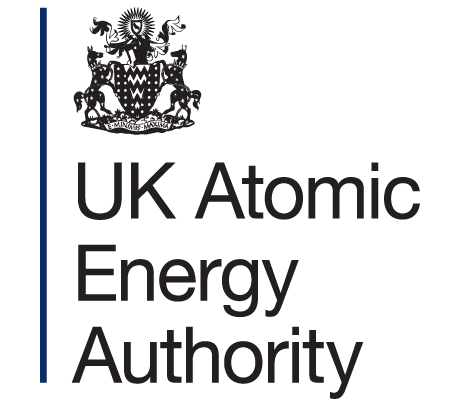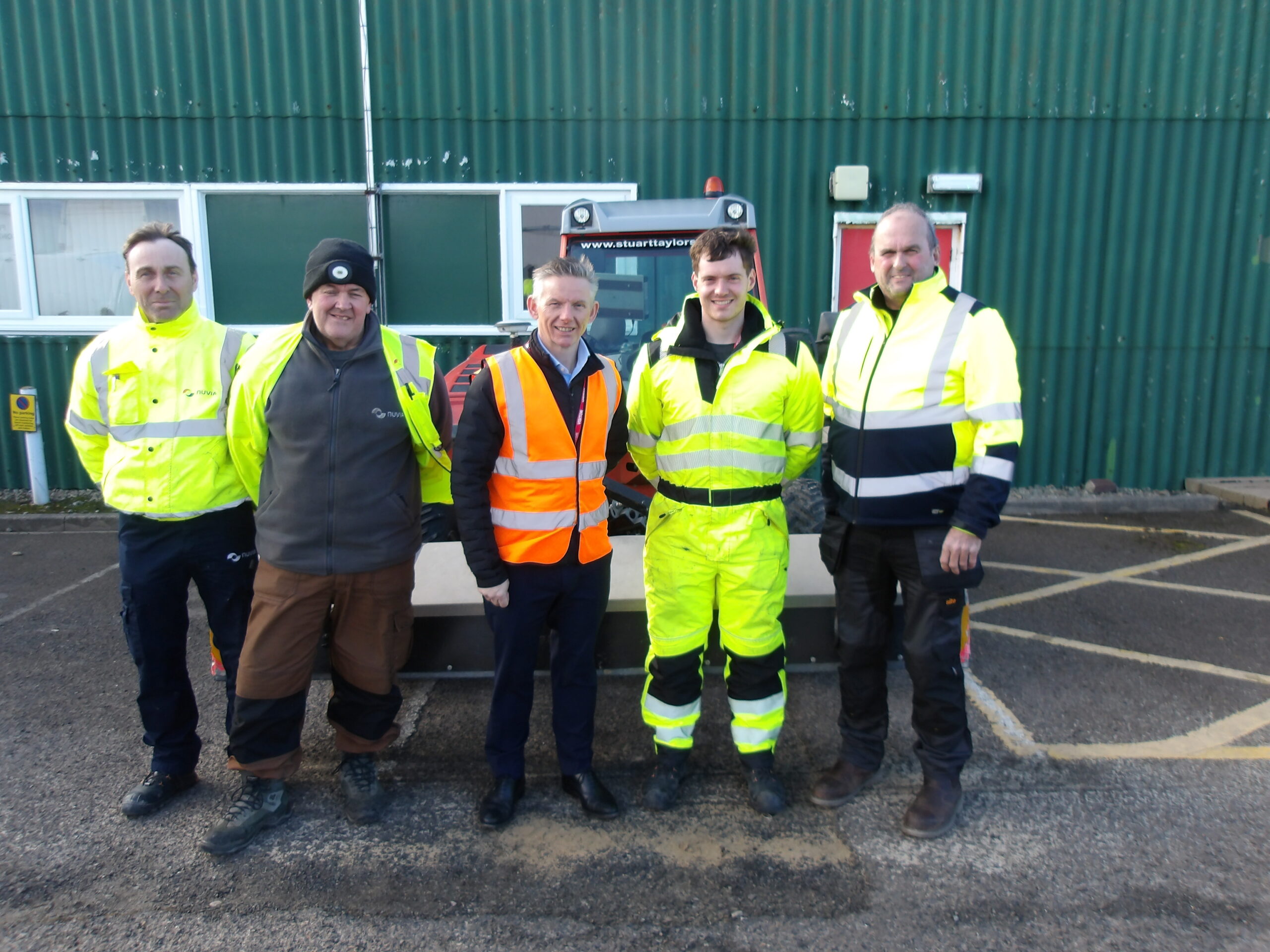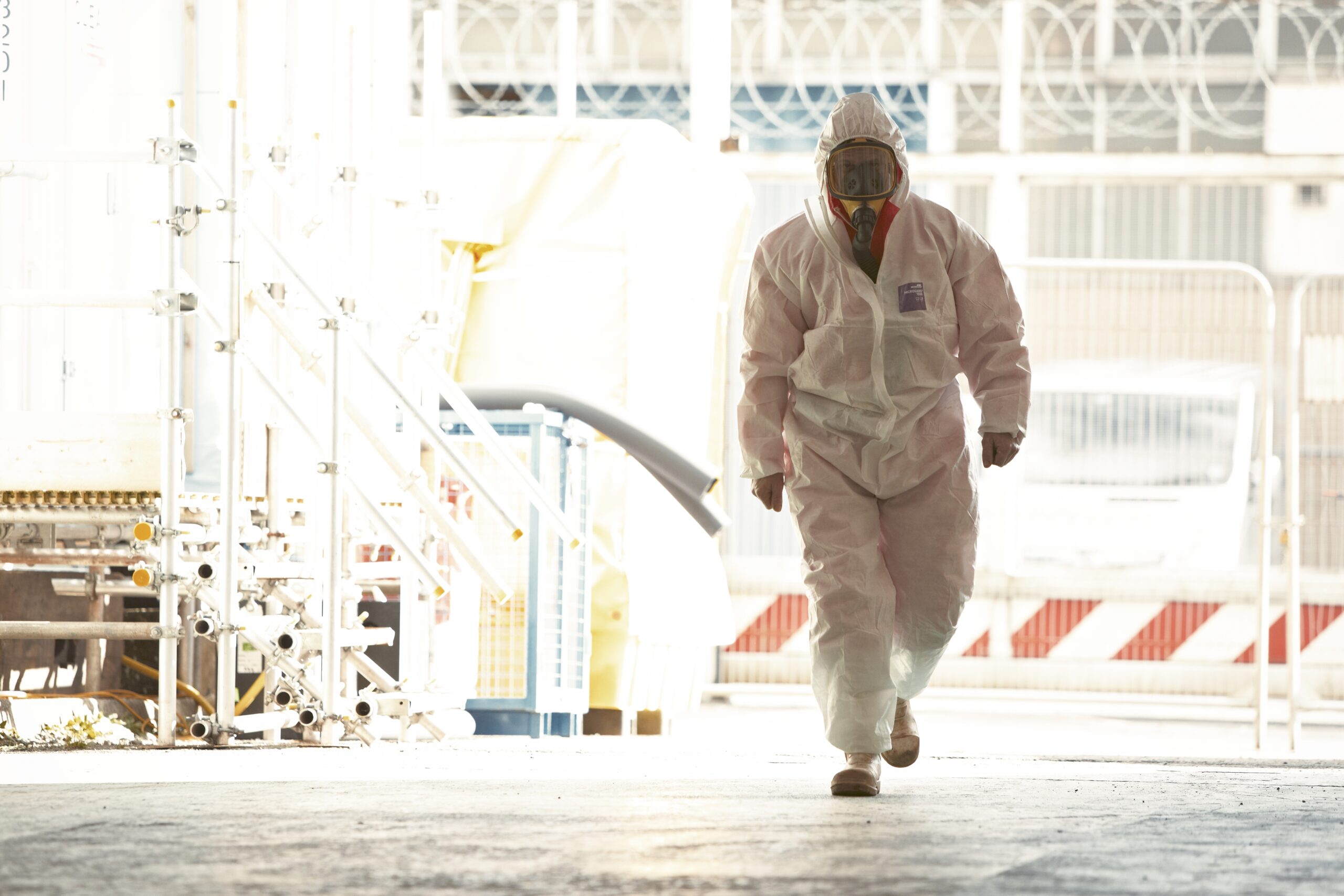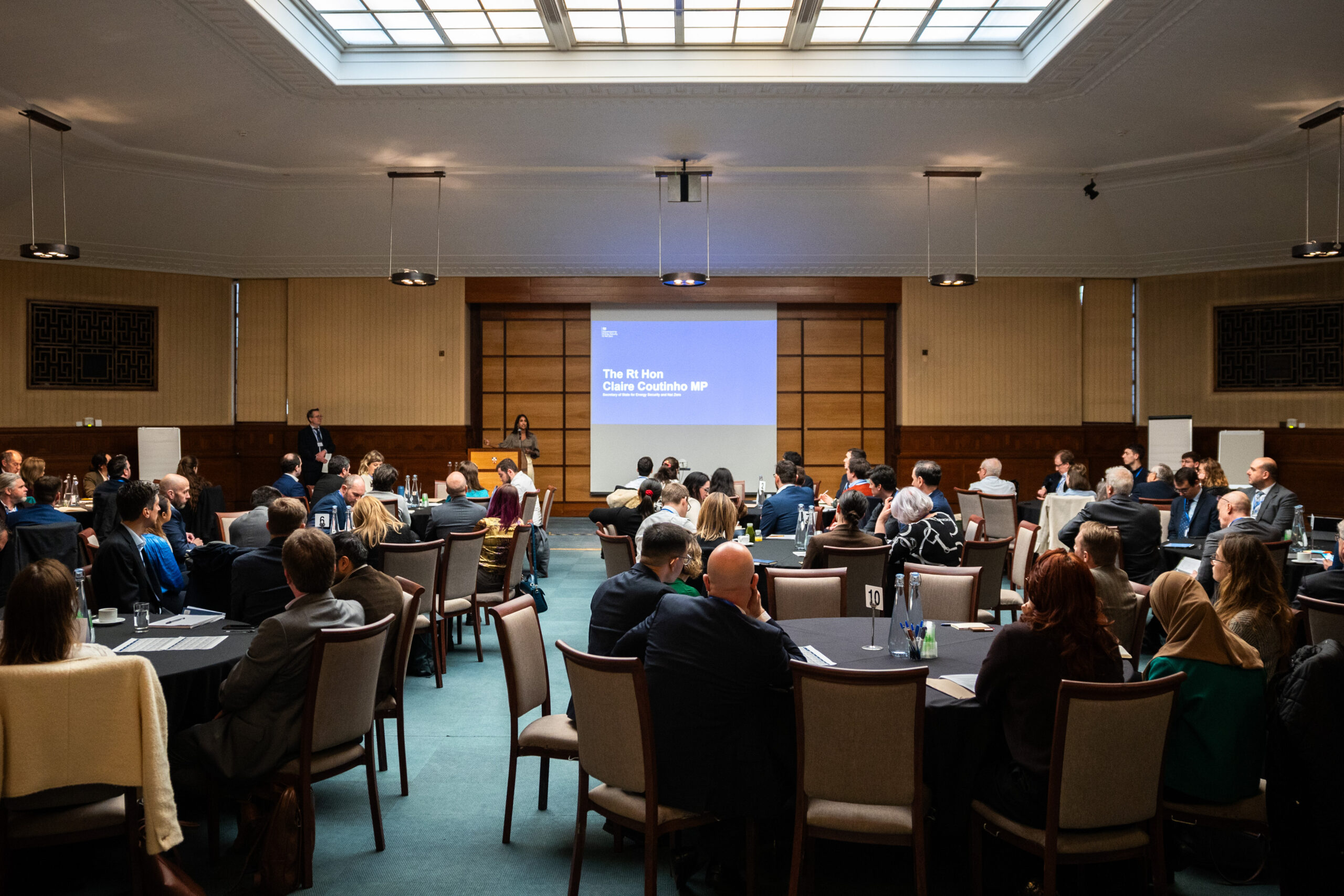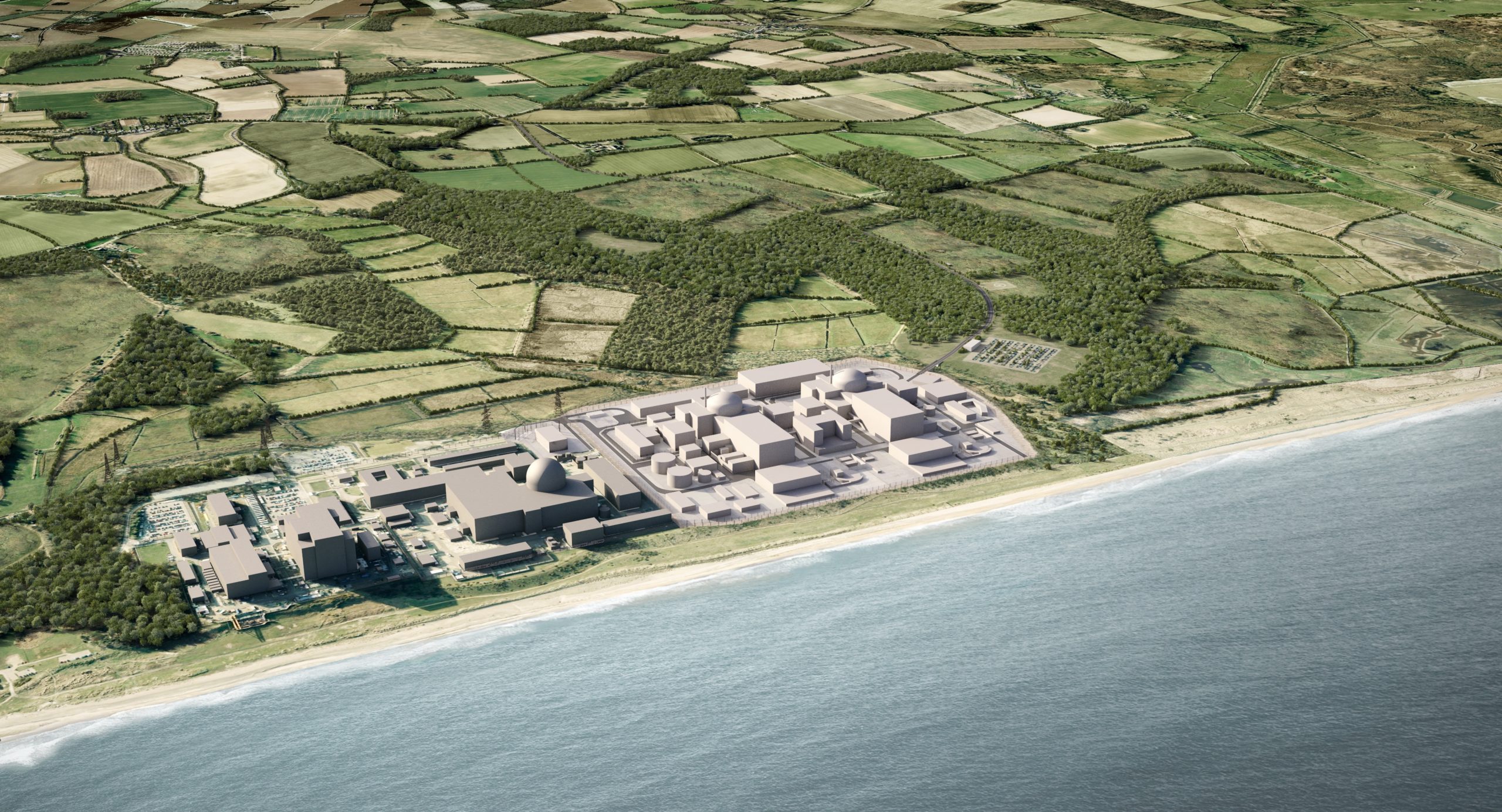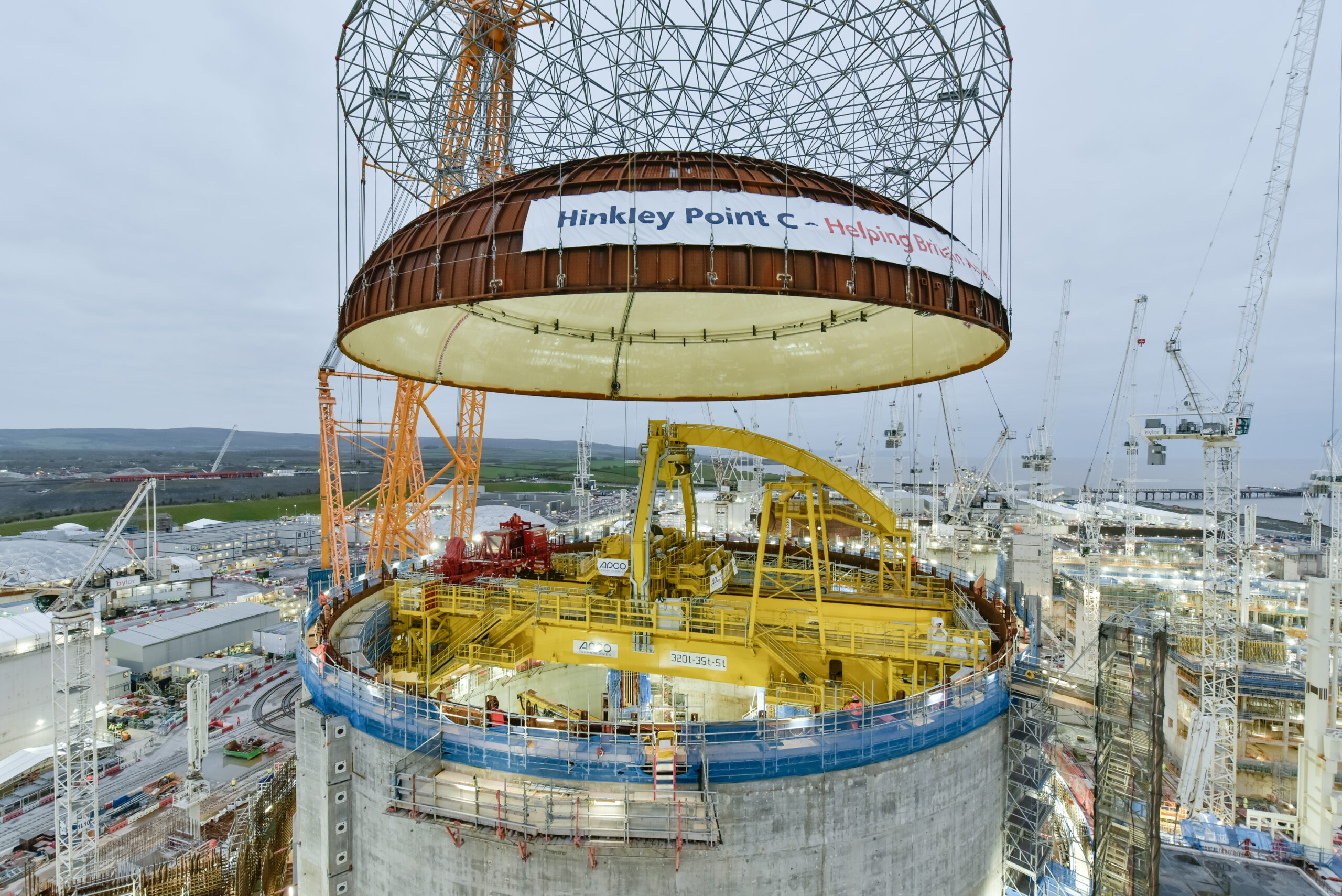In a first for the company, GDES takes part in the decommissioning of a 600 MW nuclear reactor in Sweden GDES, as subcontractor to Uniper, successfully completes post-segmentation work on the Barsebäck reactor pressure vessel.
The Valencia-based business group GDES, was awarded a contract by Uniper Anlagenservice GmbH to support the decommissioning of the Barsebäck and Oskarshamn nuclear power plants in Sweden and has successfully completed the complex segmentation work on the drywell head and the reactor pressure vessel head and vessel post-segmentation at the Barsebäck-1 nuclear power plant in Sweden, the first of four RPVs to be dismantled.
The project, awarded by Uniper Anlagenservice GmbH, began in July 2020 and will run for 4 years.
The contract is being executed in 2 separate phases (2 years at the Barsebäck plant and 2 years at the Oskarshamn plant) and involves the cutting of different parts from the dismantling of the reactors at both plants. This will optimise technological processes and create a unified technical approach for the execution of both phases of the project. Specifically, post-segmentation work will be performed on four RPVs (reactor pressure vessels), as well as the cutting and dismantling of the inlet and outlet lines of the hydraulic control rod drive housings (CRDH), using special equipment designed and supplied by Uniper Anlagenservice.
The total weight of the Barsebäck 1 reactor pressure vessel was 430 tonnes. In this first stage, the reactor pressure vessel was thermally cut into rings with a height of 0.9 to 1.8 metres. Each section weighed between 12 and 24 tonnes. During dismantling, the reactor pressure vessel was cut from top to bottom into 13 rings plus the lower part of the reactor. The pre-cut rings were then transferred from the reactor pit to the post-segmentation area to be cut and packed in containers by the GDES team in Sweden.
The dismantling strategy is based on a combination of manual mechanical/thermal and remote robotic cutting.
The technological “heart” of the project is the robot that is performing remote-controlled, dry thermal cutting of the four vessels at the Barsebäck and Oskarshamn power plants.
This sophisticated engineering project is a prime example of how to combine, for challenges of this nature, high-tech solutions (robotic system for post-segmentation) with off-the-shelf tools. By capitalising on the similarities between the two Swedish reactors, synergistic decommissioning strategies are implemented in terms of both the methods and the tools used, in addition to reducing costs.
Diego Santoro, Director of the GDES Decommissioning BU said:
“The cutting, segmentation and dismantling of the nuclear reactor pressure vessel in Sweden has been a first for GDES and, most importantly, it has been a success. We look forward to start working on the remaining units and to achieving the same excellent results”
This is GDES’ first decommissioning contract in Sweden. GDES’ bid was bolstered by more than 40 years’ experience in the nuclear industry. GDES not only participated in the construction of the major Spanish nuclear power plants in the 70s and 80s, but also in their maintenance and now in their decommissioning and has been involved in the Vandellós I and José Cabrera projects, among others. In addition, GDES has participated in decommissioning projects in Italy, the United Kingdom, France, and now Sweden.

